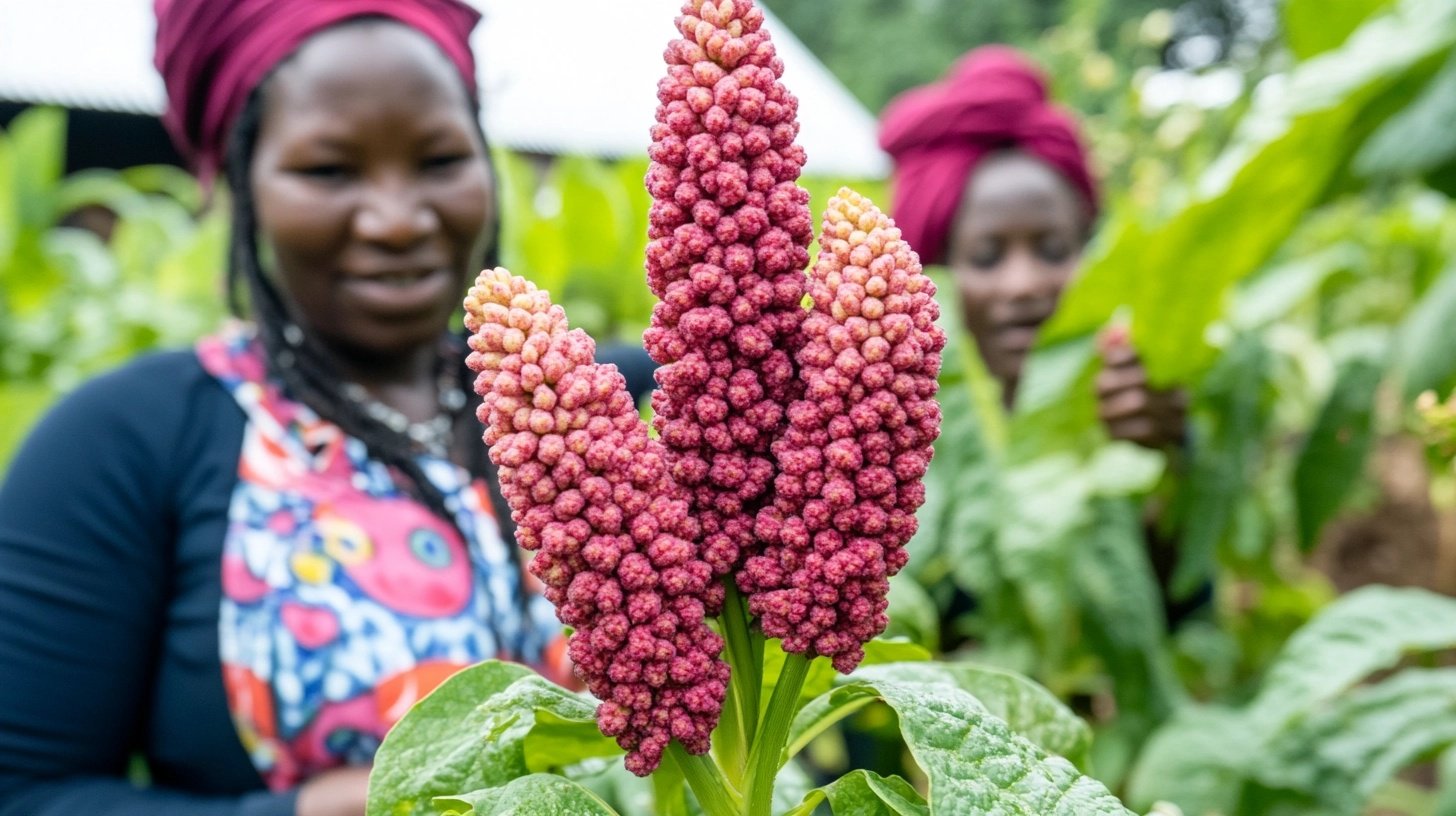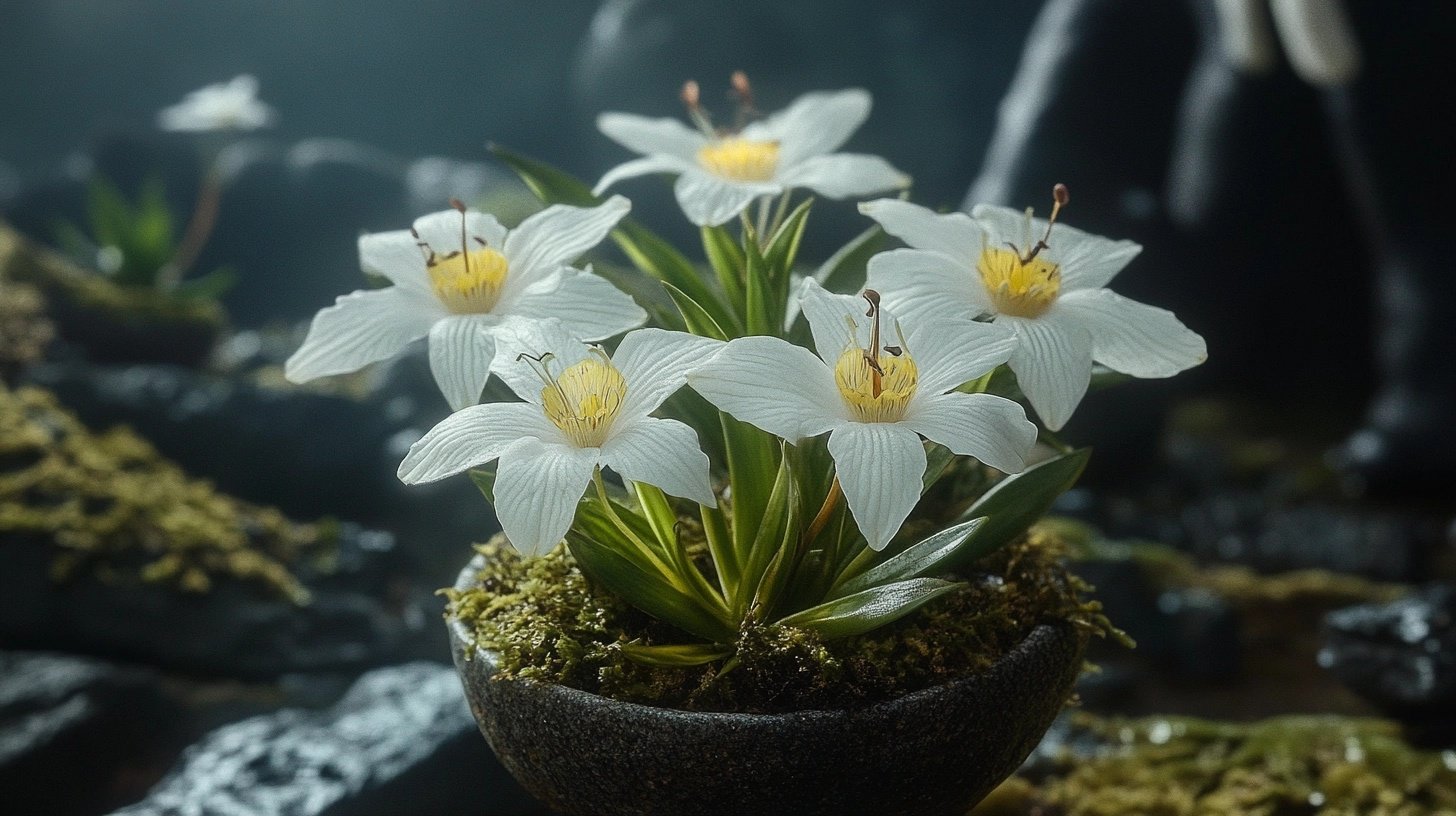If you’re looking for mood elevation without overstimulation, Kanna (Sceletium tortuosum) might be the plant-based secret you’ve been missing. Used for centuries by Indigenous South African tribes for calm, clarity, and connection, Kanna supports serotonin levels naturally — making it ideal for managing stress, low mood, or emotional burnout. In this blog, we’ll explore 3 potent effects of Kanna that make it a go-to in the Happy Caps mood & microdosing stack.
Szukam...
Sklep
Czapki
Spraye
Vapes
Trufle
Kapsułki
Wybierz klimat:
Odkryj więcej:






